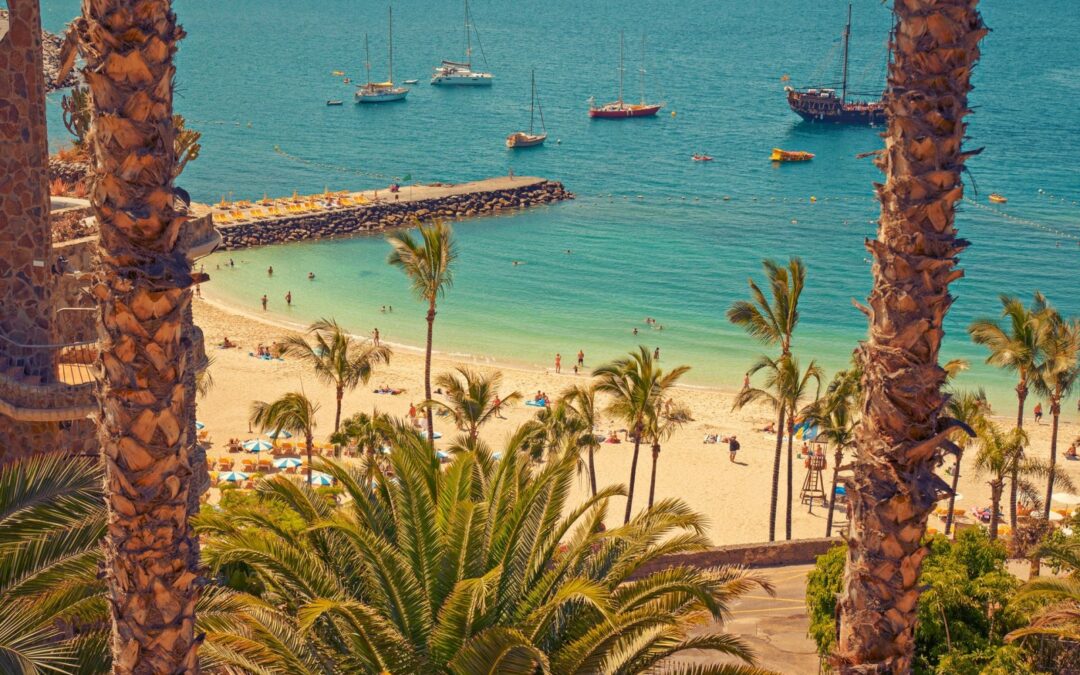These secondary vessels are now an industry staple, but what’s the environmental cost?
Superyachts are large luxurious vessels, which can usually carry with them almost everything that an owner and their guests need to have an enjoyable voyage.
“Almost”, however, simply doesn’t cut it when it comes to the superyacht experience. Owners invest considerable sums into ensuring that their vessels are not only 100 percent operational but that they can also do whatever leisure activity they want while travelling at sea.
This is precisely where support vessels come in.
Superyacht support vessels and their inevitable popularity
The concept of a secondary vessel that can support the operations of a superyacht is not new. The first superyacht support vessel is often said to be the Fulk Al Salamah (now Al Dhaferah), created way back in 1987.
Back then, however, support vessels were much less of a staple in the industry. They were created as a response to growing needs; as a solution to problems that many superyacht owners had not yet experienced, or, at least, didn’t consider as problems.
Today, support vessels are an industry of their own. Superyachts themselves are evolving and so are the operations that they are performing. Now, superyacht owners want to have all kinds of toys with them and push the limits of exploration, taking longer voyages to remote locations that might not be able to actually support them on their own.
Competition in the support vessel industry is also growing. Damen, for instance, is opting to create blank-canvas style support vessels which can be moulded into whatever their owner wants them to be, while other companies like Piriou exclusively create custom orders.

The environmental impact of superyachts and their support vessels is crucial
Governments all around the world, including in the US and many European countries, have started to regulate the yachting industry with a far tighter grip than ever before.
These regulations are meant to address the admittedly huge environmental impact that vessels such as superyachts have not only on the oceans but also on land.
While the shipping industry is the worst offender, most superyachts are also not eco-friendly enough. And their support vessels are no different, particularly because of the tasks that they have to perform.
For instance, a hybrid superyacht like the Savannah can choose to switch to an eco-friendly electric operating mode as it takes a relaxing voyage on the sea, having been specifically designed to be as fuel-efficient as possible.
Support vessels do not have that kind of luxury. Their singular purpose is to serve the needs of a superyacht above all else. So when they need to get to a port faster than the mothership, for example, they cannot take an eco-friendly approach.
Technology is a hugely important factor here
All of today’s support vessels run on diesel fuel. That is because it is the best way for them to operate in a fast and efficient manner, allowing them to fulfil the very purpose for which they were created.
The technology for eco-friendly support vessels which run almost entirely on clean energy is just not there yet. For smaller vessels, electric and hybrid engines are certainly feasible when used for small and limited journeys. A support vessel, however, has to be entirely standalone and operate without any extra help. Its sole reason for existence is to provide that kind of support for another vessel, after all.
The only way to move forward is to advance the technology that will allow vessels of this calibre to take advantage of clean energy without being restricted in what they can actually do.
When that day comes, we hope that the superyacht industry will be quick to adopt this new technology and move forward, with a view towards reducing the environmental impact of both superyachts and the vessels that support them.
Want to hear more from Superyacht Technology News? Subscribe to our magazine free!

